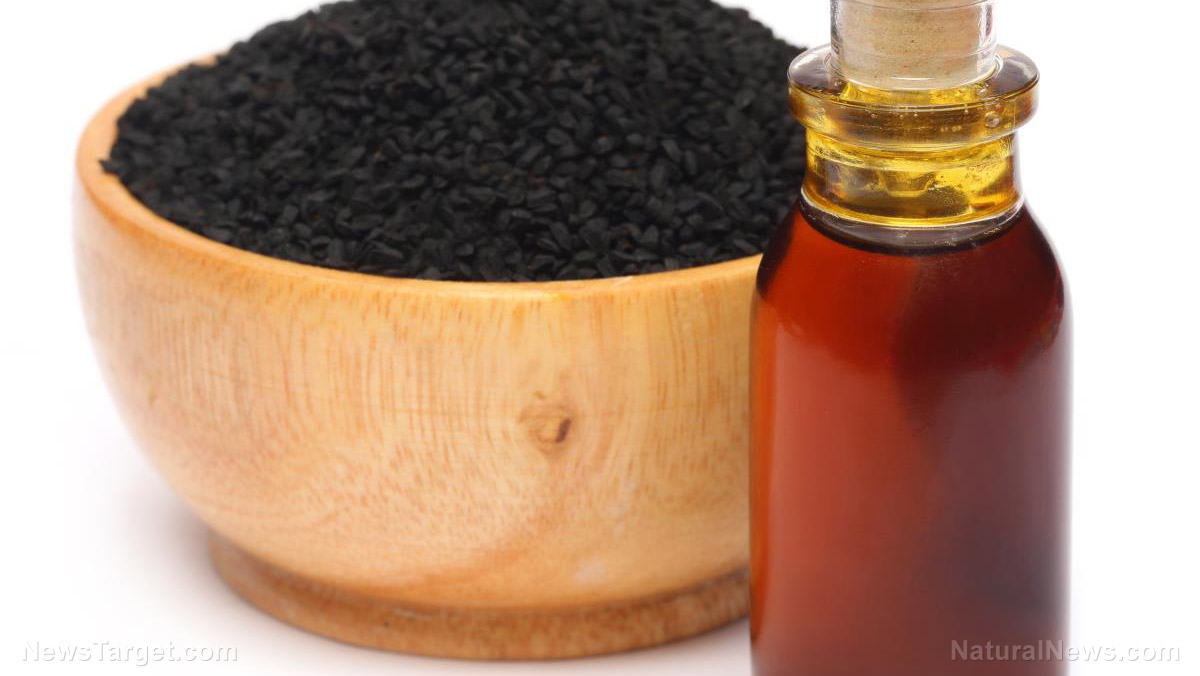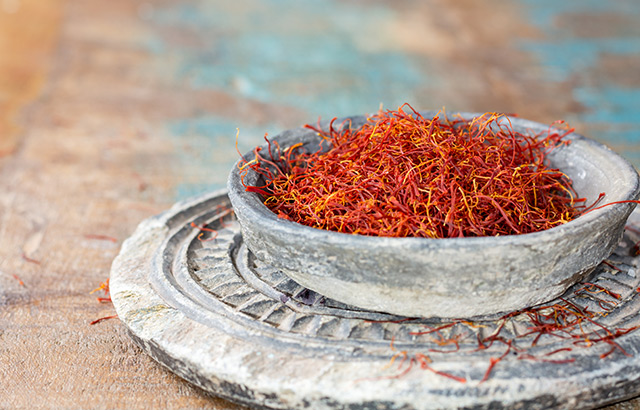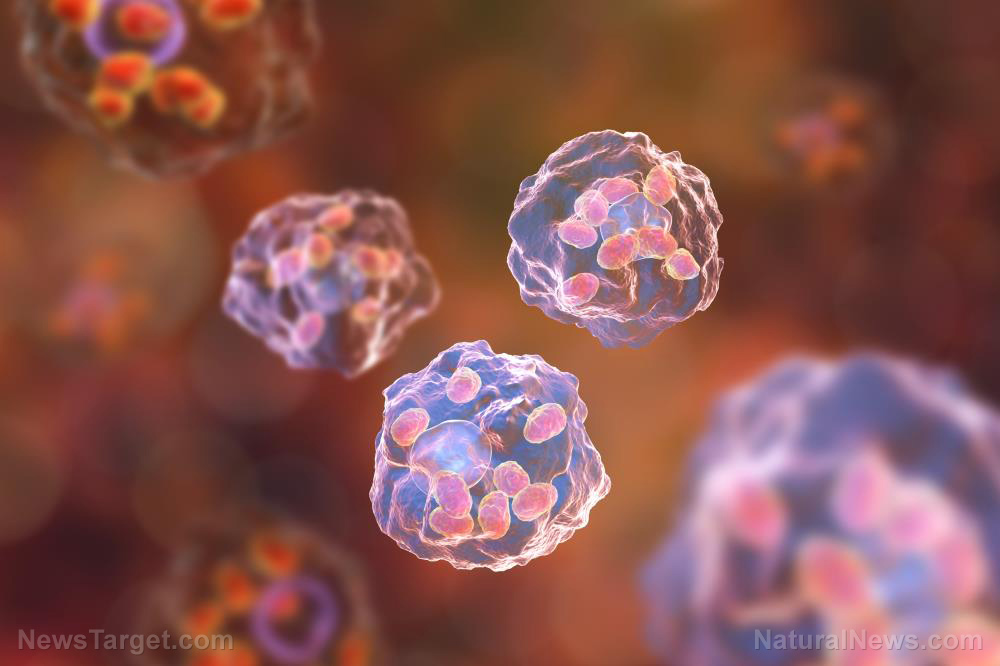
An international team of researchers has developed a new material from silver tungstate that can eliminate fungi and protect against cancer. In a study published in the journal Science Advances, the researchers exposed silver tungstate to radiation and found that doing so increased the material’s antifungal and anticancer properties.
Irradiated silver tungstate is anti-fungal, anti-cancer
Silver tungstate is an inorganic compound that belongs to a family of semiconductors called ternary tungsten oxides. Scientists have been exploring silver tungstate for its potential uses in medicine, in particular, through silver nanoparticles grown on its surface. These nanoparticles have antimicrobial, anti-cancer and anti-inflammatory properties, according to the researchers.
The team previously grew nanoparticles on the surface of silver tungstate by irradiating the compound with electrons and laser light in pulses lasting a few femtoseconds (one fs is a quadrillionth of a second). They observed that tiny “hairs” grew on the silver tungstate.
“These were nothing other than filaments of nanoparticles extracted from silver tungstate by electron irradiation,” said co-author Elson Longo of the Federal University of São Carlos in Brazil.
For the current study, the researchers tested the antimicrobial and anti-tumor properties of three different irradiated materials of silver tungstate: One was irradiated with electrons, one irradiated with a femtosecond laser beam under non-focused conditions and another irradiated the same way but under focused conditions.
The scientists applied these materials on Candida albicans, the fungus responsible for candidiasis and thrush. After repeating the experiment many times, they found that all three materials killed the microbes even at lower concentrations and said that these versions of silver tungstate were 32 times more powerful than the original silver tungstate.
In another experiment, the researchers applied the three materials on bladder cancer cells in mice to test their anti-cancer properties. After a day, the team found that all of the materials significantly reduced cell viability at different doses.
On average, the materials were most effective at a concentration of 23.16 micrograms per milliliter. The most effective materials were the ones irradiated with an fs laser beam under non-focused conditions and with electrons. The researchers explained that the anti-tumor properties of the two materials were likely strengthened due to the formation of silver nanoparticles on their surfaces. (Related: Mistletoe being considered as an alternative treatment for cancer.)
To investigate if the materials are safe for humans, the researchers applied four different concentrations of the silver tungstate irradiated with an fs laser beam on human gingival fibroblasts, types of cells found in the connective tissues around the teeth. These concentrations were above the upper limit of the material’s optimal range of fungicidal activity.
After a day of incubation, the team did not find any statistically significant reduction in cell viability compared with the control, suggesting that the materials pose no risk to human health.
Nanoparticle kills cancer cells via a "Trojan horse"
In another study, published this year in the journal Small, Singaporean researchers developed an experimental cancer treatment using a nanoparticle coated in an amino acid called L-phenylalanine, one of the amino acids that cancer cells depend on to grow.
“The amino acid L-phenylalanine acts as a Trojan horse – a cloak to mask the nanotherapeutic on the inside,” said corresponding author Chor Yong Tay of the Nanyang Technological University.
The researchers tested the nanoparticle – called Nanoscopic phenylalanine Porous Amino Acid Mimic or Nano-pPAAM – on mice and found that it eliminated around 80 percent of breast, skin and gastric cancer cells without doing damage to neighboring, healthy rodent cells.
The team said that Nano-pPAAM triggered the overproduction of chemicals called reactive oxygen species (ROS) in the cancer cells, which are enough to bring the tumor cells down. They noted that while the nanoparticle is dangerous to cancer cells, it’s based on a silica nanoparticle classified as safe to humans by U.S. food regulators.
Read more articles about novel cancer treatments at CancerSolutions.news.
Sources include:
Please contact us for more information.





















